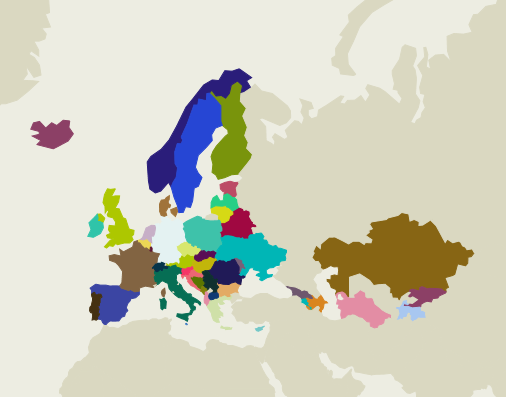The Aarhus Convention is an international convention that came into force on 30 October 2001, aiming to contribute to the protection of the right of each person, in present and future generations, to live in an environment that is conducive to his/her health and well-being.
Its objective is to ensure freedom of access to environmental information held by the public authorities, as well as its dissemination, and to lay down the basic conditions and practical procedures for accessing this information.
To meet this objective, the convention determines the following three domains of action:
- To ensure public access to environmental information held by the public authorities;
- To promote the participation of the public in making decisions affecting the environment;
- To extend the conditions of access to justice in environmental matters.
In terms of information access, the convention specifies precise rights and obligations, notably concerning deadlines for transmission and the reasons that the public authorities have to refuse access to certain types of information.
The European Community approved the Aarhus Convention on 17 February 2005. The first pillar of the Aarhus Convention relative to public access to information was implemented at community level by Directive 2003/4/EC of the European Parliament and of the Council of 28 January 2003 on public access to environmental information.

